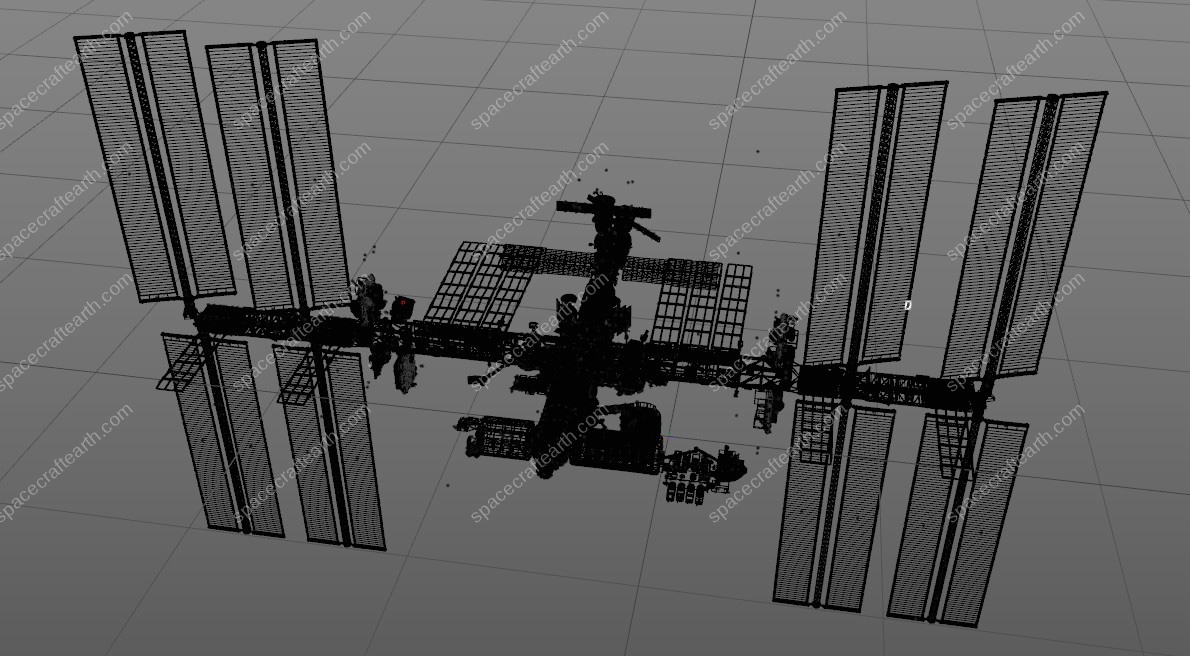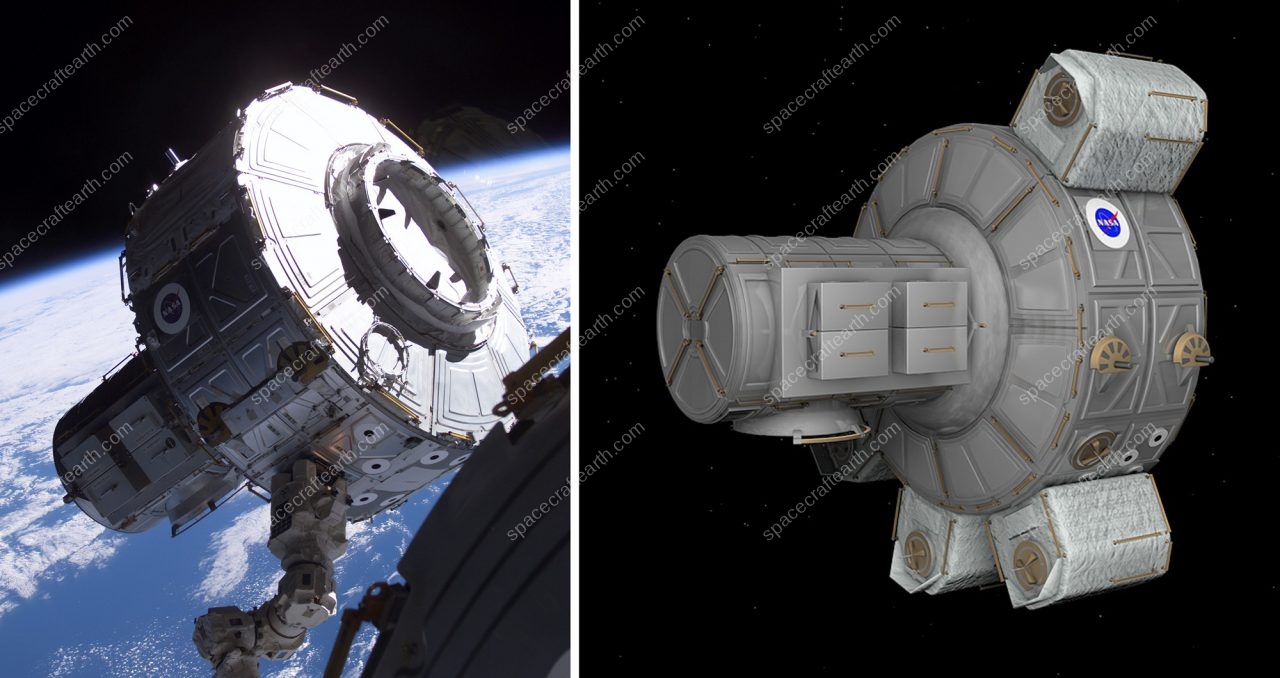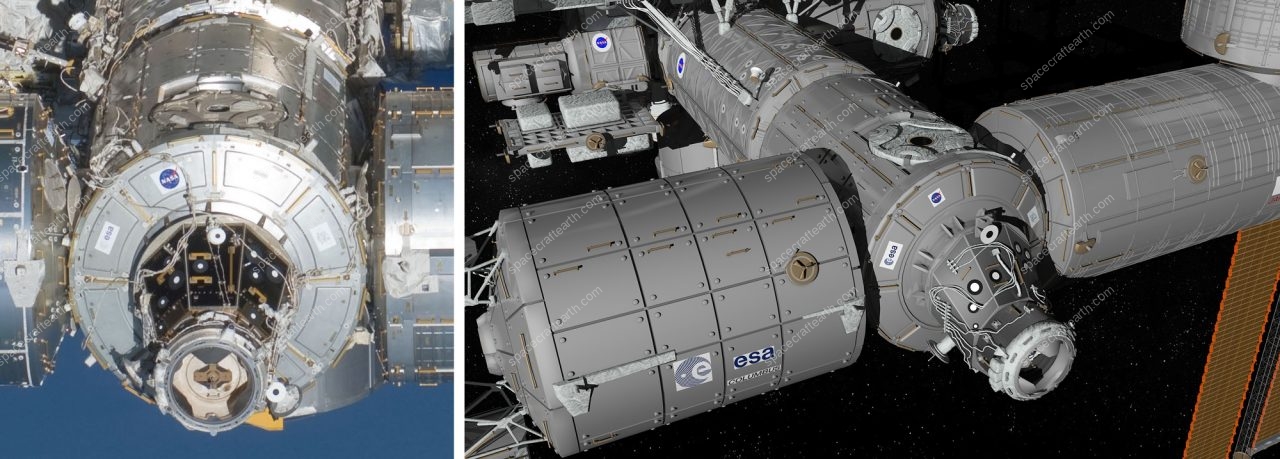

The International Space Station (ISS) is the largest human made object ever made, orbiting planet Earth. It is a technological and political achievement made possible through joint effort of five international partners – United States, Russia, Europe, Japan, and Canada.
First parts of the ISS were sent and assembled in orbit in 1998. Since year 2000 crews are living on board continuously. Building and sustaining the Station required 80 launches of several kinds of rockets. At the moment the construction weights 420,000 kilograms (925,000 pounds), and measures 74 meters (243 feet) long by 110 meters (361 feet) wide. The pressurized volume is 935 cubic meters (33,000 cubic feet). The solar array surface area is 2,500 square meters (27,000 square feet), providing 110 kilowatts of power output. It orbits between 370 and 460 kilometers (230-286 miles) above Earth’s surface at 51.6 degree inclination which covers 90 % of the populated area on Earth. During the daylight periods, temperatures reach 200 ºC, while during the night drop to -200 ºC. Since ISS orbits Earth 16 times per day, it means it’s components are exposed to extremes every hour and a half.



The ISS is consisted from components in shape of canisters, spheres, triangles beams, and flat panels. Canisters and spheres are modules that hold a pressurized atmosphere in which humans can live an work. Many triangles and beams form the Truss that gives the backbone to the Station. Solar panels, covering large areas, are used to collect sunlight and convert it into electricity. Radiators are waffle shaped panels used for temperature conditioning of the Station. ISS also has a robotic arm, called Canadarm2, as a part of Remoter Manipulator System, which help construct the Station by moving modules or astronauts while working on the station.


Taking into consideration all the data listed, you can imagine that producing a highly detailed 3D model of the biggest and the most expensive human made object in Space, wasn’t an easy task. Being a passionate space exploration and science fans, at one point it surprised us how little we knew about the International Space Station. Constant construction’ upgrades made the project seem as an ever changing and easily perceived as a whole – the International Space Station. Modelling the Station gave us the opportunity to familiarize ourselves with the human engineering genius that made this construction possible.
Since the Station was built by different space agencies like NASA, ESA, JASA, Roskosmos etc., blueprints were not easy to come by. We had to use Google to find as detailed data as possible, and rely on the real photos for visual details. We invested one year (more than 1100 work hours) into the project. Our sources were blueprints, diagrams and original ISS photos available openly through Google search. Additionally we had to invest two months (200 hours) into an original high resolution 3D model of the planet Earth with volumetric clouds, as the Station is orbiting rather low and every smallest imperfection is visible.

Visualizations took one more month for setting up different scenes and rendering. We tried to recreate the real photographs with our models in artificial 3D space. You can see if the results are worth of the invested time and effort.
The whole setup can now be used for producing different capture frames from angles not possible with real cameras on the ISS, basically recreating the real life setup in 3D space.







